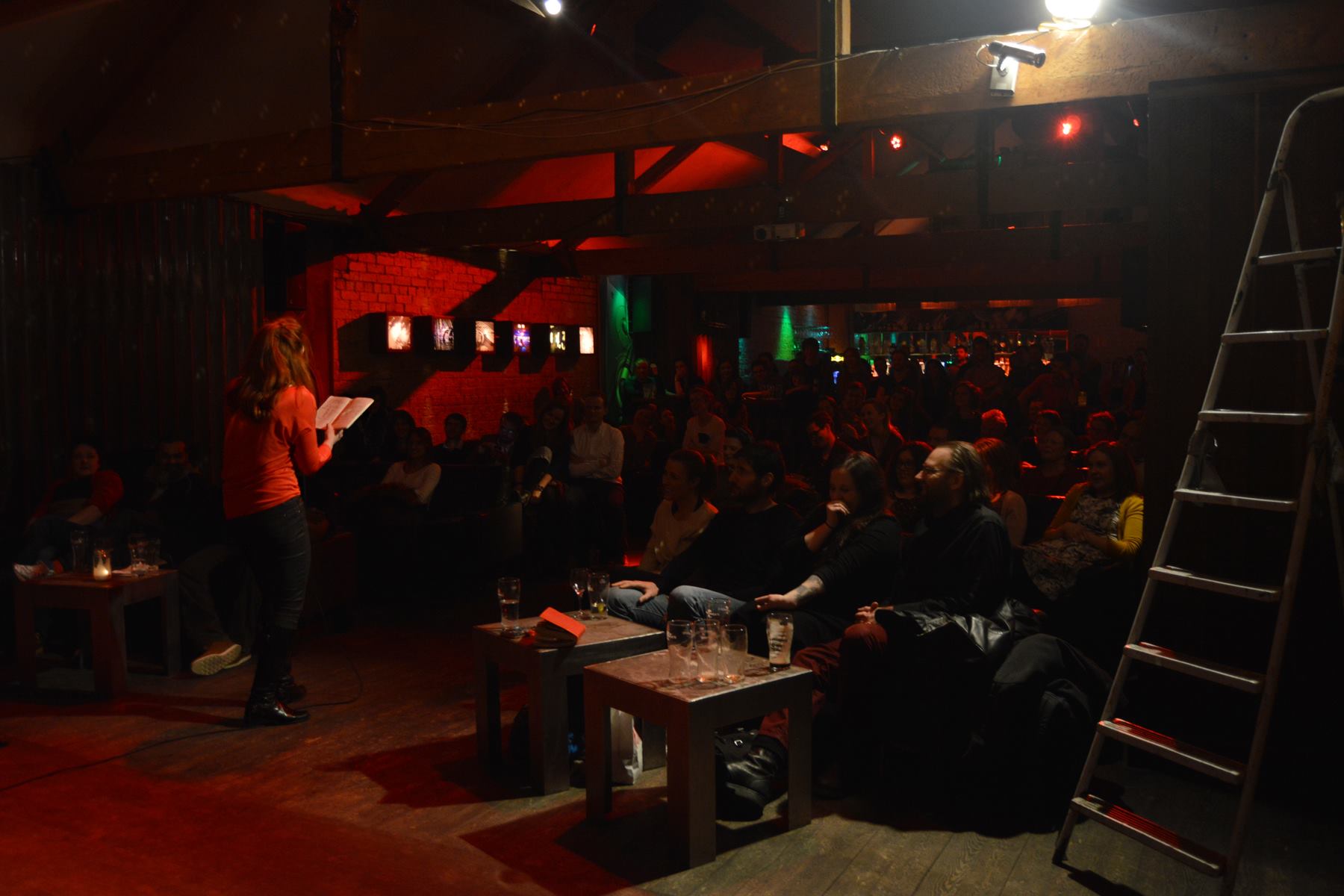Whenever you get up to speak in public, the audience has certain expectations about what you are going to say and how you’re going to say it, based on context: where you are, what you look like, who the audience themselves are. This is perfectly satirized in this meta-TED talk:
Everything about the TED format is pointed out and executed perfectly. It’s almost difficult to watch TED talks after watching this talk, because so many of them are cast from the same mold. It reminded me too of this classic example of a meta-academic talk:
There is only one word in this talk. And yet the tone of voice, the graphs and bullet points, and the story arc of it are all clear and very familiar if you’ve ever sat through a research talk. (This is also a common improv game of scenes done in gibberish, which shows you don’t need words to tell a story.) In both cases, the speakers are showing that the performance element of their talks, the delivery (from vocal inflection to props to body language) can be completely divorced from content. Delivering material in a certain style tells the audience what to expect.
This is as true in comedy as it is in academia. Experienced comics will tell you that you can write a brilliant joke but if you don’t say it in a way that tells the audience to laugh, or if you talk right through them as they laugh, it won’t land. There’s a style of presentation in standup comedy, outside of actual humorous content, that tells the audience what they can expect.
At a first pass, if you’re looking to give a good talk, or tell a good joke, or communicate basically anything to any audience, it helps to be aware of the norms around how material is delivered. Basic storytelling and conversational tools are important too, of course.
But I think these rules are also made to be broken. Going outside the norm when you’re giving an academic talk projects confidence and mastery. Well crafted comedy can be used to discuss tough real-world subjects in memorable ways. Taking tips from performers on timing, stagecraft, and the many ways an idea can be explored helps you to not only understand the expectations of an audience, but also to surpass them and create something new.

